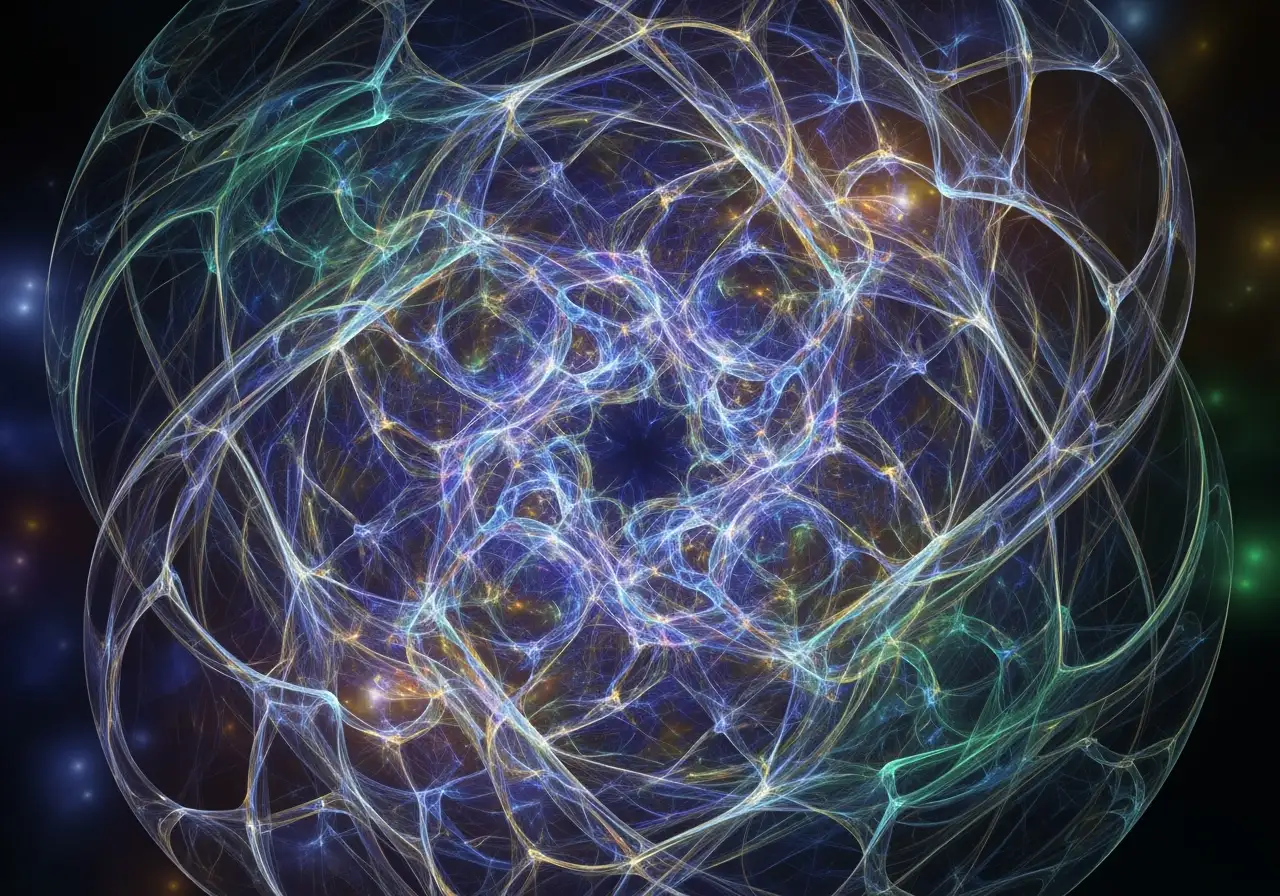The Quantum Leap of Focus
The Quantum Leap of Focus
In our hyper-connected world, our attention is constantly under siege. Emails ping, social media scrolls, and an endless stream of notifications vie for our mental bandwidth. This constant mental jumping leaves us feeling scattered, exhausted, and often unable to truly tackle our deepest internal challenges. We might be brilliant at focusing on external tasks – like Anya, the student who could code for hours – but when it comes to our inner landscape, our minds often become a wild, untamed beast, leaping from self-doubt to anxiety, past regrets to future worries.
But what if the very skill Anya mastered for her coding – the power of singular, unwavering focus – could be turned inward? This is the core scientific concept at the heart of revolutionary internal work within the Quantum Mindfulness framework: sustained, focused attention. It represents nothing less than a quantum leap in self-mastery.
Think of your mind not as a chaotic battleground, but as a sophisticated laboratory where mental states initially exist in a state of cognitive superposition. This means that before conscious observation, thoughts, emotions, and perceptions are not fixed entities but rather dynamic probabilistic fields containing multiple simultaneous possibilities. To truly understand a complex phenomenon in this inner laboratory, whether it’s a new chemical compound or a stubborn limiting belief, you need to isolate it, observe it under controlled conditions, and give it your undivided attention. If you try to analyze a compound while simultaneously monitoring a dozen other experiments, your insights will be superficial, at best. The same applies to your inner world.
When your mind is scattered, flitting between worries, distractions, and criticisms, you can never truly grasp the nature of an internal pattern like self-doubt or chronic anxiety. These patterns thrive in the mental chaos, their subtle mechanisms obscured by the noise. The psychodynamic dimensions, the very elemental quanta of your mental and emotional life, can enter into destructive interference, leading to psychological disharmony. This manifests as anxiety, confusion, or a pervasive sense of being overwhelmed.
However, when you apply focused attention, you create a stable “inner workspace.” You deliberately choose one internal pattern – a recurring thought, an emotional reaction, a persistent worry – and hold it steady in your awareness. This act of conscious attention serves as the primary catalyst for psychodynamic collapse. It’s the moment when the probabilistic field of your internal experience resolves into a singular, definite, and consciously experienced outcome. This is not a passive reception of reality, but an active process of constructing reality, aligning with the active constitutive force view of perception central to Quantum Mindfulness.
This isn’t about pushing thoughts away or trying to force a positive mindset. It’s about a deep, non-judgmental observation, driven by the inherent power of your psycho-volitional dimension (Pd1). This dimension embodies pure potentiality and primal will, possessing an annihilative property to dissolve perceived limitations. By directing your conscious attention with volitional commitment, you engage your psycho-meditative dimension (Pd3), the seat of structured thought and analytical comprehension. This dimension allows you to transform raw intuitive insights into structured understanding. Like a scientist meticulously examining a specimen under a microscope, you observe its nuances without getting swept away by its intensity. This clarity is impossible when your attention is fragmented, as the various influences on dimensional activation would lead to a turbulent and unresolved mental state.
This scientific application of focus is profoundly relevant to mindfulness. Mindfulness, at its heart, is about cultivating present-moment awareness and observing internal experiences without judgment. By training your mind to hold a single internal object in focus, you are building the fundamental muscle of mindfulness. You learn to stay with discomfort, to observe thoughts without identifying with them, and to see the true nature of your inner workings. It’s the difference between trying to navigate a dense fog and having a clear, illuminated path. This practice develops what we call vectorized awareness – a precise, directional mode of attention that allows you to navigate complex psychological terrain and actively influence the emergence of mental phenomena.
The insights gained from this focused internal inquiry can be transformative, leading to a profound shift in your relationship with your most challenging inner patterns. By understanding the intricate contributions of each psychodynamic dimension to your overall mental state, you develop structural awareness. This allows you to engage in active structural investigation, treating your inner experiences not as fixed problems but as artifacts generated by underlying psychological systems. This process cultivates cognitive agency, giving you the capacity to consciously guide the psychodynamic collapse process towards desired mental potentials. It’s how you move from merely reacting to your inner world to actively shaping it, moving beyond passive mastery towards true active mastery and ultimately, perceptual freedom.
Imagine applying this laser-like focus not just to your career, but to your personal growth. How might cultivating this “single focus power” in your inner world change your daily experience of stress, self-doubt, or emotional reactivity? The Quantum Leap of Focus invites you to discover your inherent capacity to influence your experienced reality, one precisely observed moment at a time.





